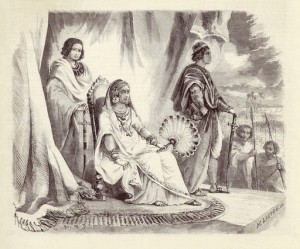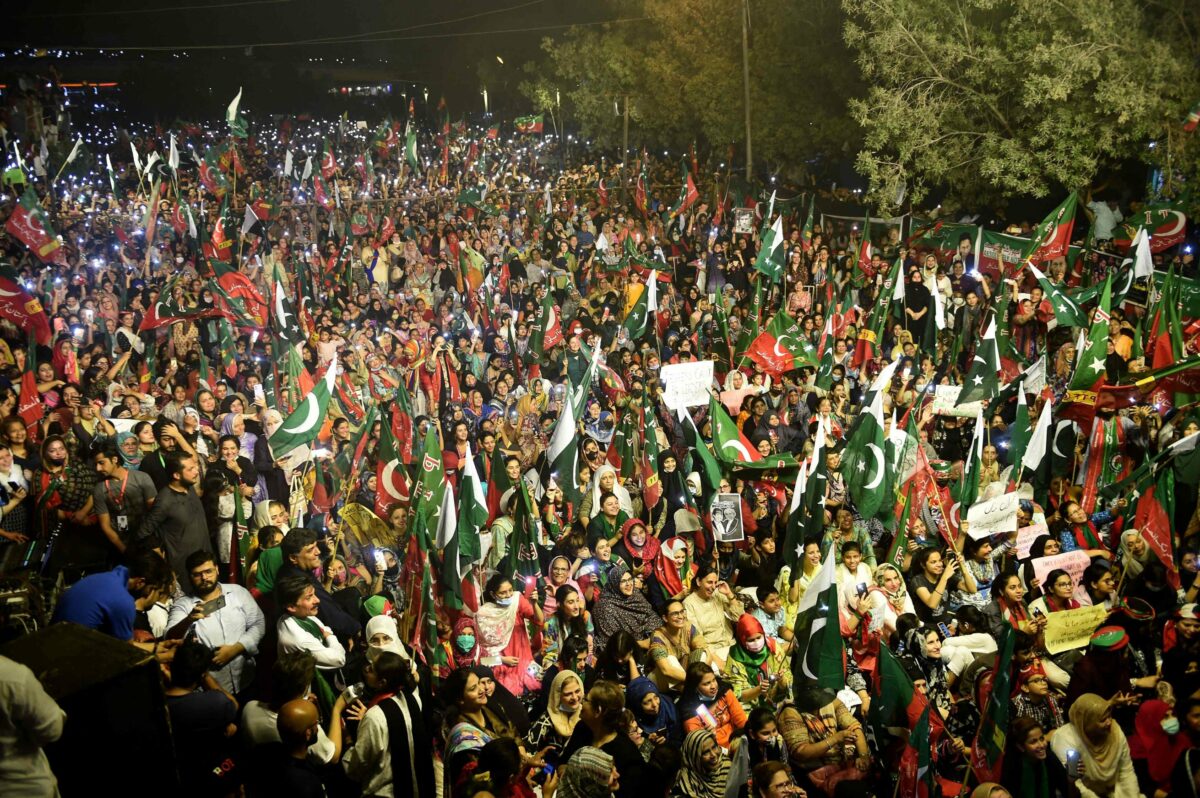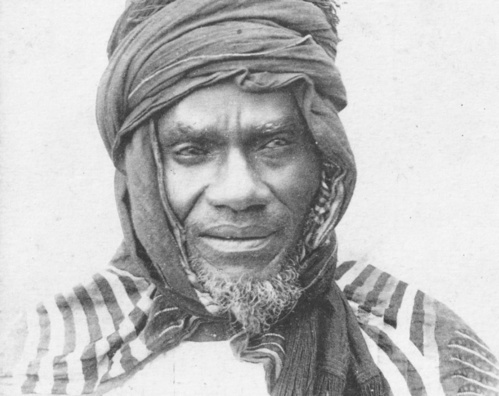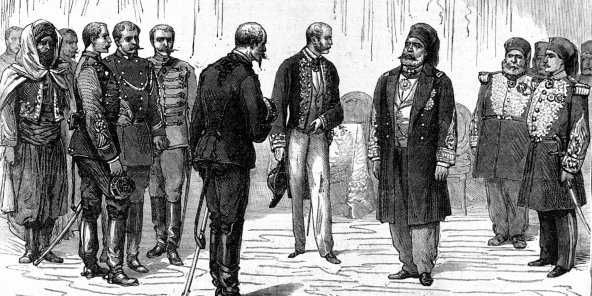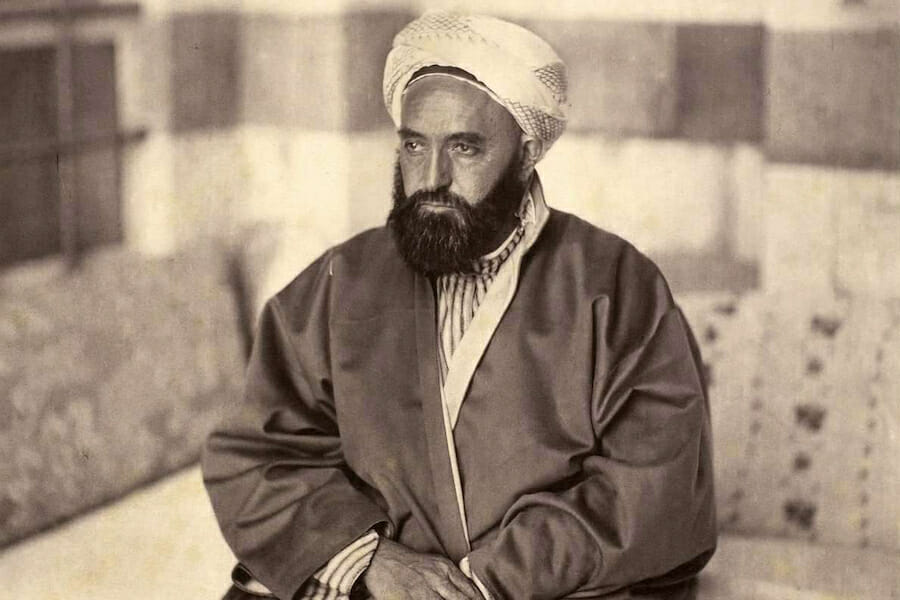The ouster of Imran Khan continues to play out. We’re asking: 1. Was it a coup? 2. How can we understand Imran Khan’s foreshortened time in government and his ruling coalition? 3. How important are these events for the people of Pakistan – are they just elite maneuvering or do they have deeper implications? 4. How US-centric is too US-centric in understanding these things, as opposed to understanding regional actors and their roles and especially local power blocs and class dynamics. A friendly debate with Pakistani activist and academic Ayyaz Mallick.
Author: Justin Podur
Scramble for Africa 16: Female Caligula DESTROYS Madagascar!
Clickbait title aside, this episode continues to follow the French as they Scramble for Africa. In this case, how France managed to steal the enormous island of Madagascar from its powerful African rulers. We of necessity do tell the story of Queen Ranavalona, but also the outrageous deeds of the French military, the dastardly things they said, and some of the rebellions of the Malagasy that started straight away and continued until independence, including the menelamba movement aka the Rising of the Red Shawls.
In Real Time with Stan Cox 1: The US environmental and political crisis
We have hatched a new plan for a series on the Anti-Empire Project, a monthly discussion of (mainly) environmental issues with Stan Cox. Stan is the author of quite a few environmental books and is going to be writing a monthly dispatch about US politics and environmental movements moving into the next US presidential election. Each episode of the series we’ll talk about his latest dispatch, and conclude with some thoughts about anti-imperialism and environmentalism. We start this one with an introduction to the series and what you can expect from it.
Anti-Empire Radio 108: Pakistan – I think it was a coup!
Was Imran Khan ousted in a US-backed regime change, or is Imran Khan crying conspiracy over a routine non-confidence vote? Was the memo real or exaggerated? Are the mass protests a sign of a cult-like following or a repudiation of a sleazy change of power? Was Imran Khan not a part of the very establishment that just threw him out? What will be the implications for Pakistan’s relationship with China? For Afghanistan? I discuss these questions with journalist Waqas Ahmed.
AER 107: Interviewed by the Cadre Journal about the DR Congo and Rwanda
A new youtube channel, the Cadre Journal, has been publishing hour-long in-depth interviews with Communist party activists and others on and largely from the Global South. I was happy to be invited on to talk to them about the history of the US in the DR Congo and Rwanda. Check out their channel – they’re doing an interview a day almost, and they’re all really good.
Scramble for Africa 15: France Seizes West Africa
In this episode France seizes the territories of the Tukolors (overthrowing Sultan Ahmadu), battles Samori Toure, and fights a long war with King Benanzin of Dahomey. Some observations about the differences between France’s notions of colonialism and those of the British, in whose footsteps the French colonizers hoped to follow.
Anti-Empire Radio 106: How the US started the war on Syria in 2011, with William van Wagenen
More than a decade later it is well past time to look at how the Syrian Civil War really started – with a US-orchestrated regime change campaign with continuities going back to European colonialism and with continuous US regime change efforts against Syria from 1949 on. I’m talking with William Van Wagenen, who has written a series of long-read articles about the war on Syria for the Libertarian Institute. We go in great depth about US social media-based regime change efforts, the US-Saudi recruitment of the “Jihad, Inc.” international brigade, and how these two forces handled the early events leading up to the war, from multiple failed attempts to spark a revolution to an ultimately successful attempt to spark a civil war and a partition of the country that was leading inexorably to collapse and an Islamic State takeover until Russia intervened in 2015.
Scramble for Africa 14: France saves Sadok Bey of Tunis from a nonexistent threat and steals the country 1881
After a bit of comparing and contrasting French colonialism with the British type, Dave tells us about the French Foreign Legion; Then we’re on to a key piece in France’s Scramble for Africa, the theft of Tunis from the Bey, Muhammad Sadok. In the process, the French colonizers insisted they were saving Sadok Bey from a threat from local tribes. He insisted he didn’t need the help, but in the end, Tunisia became a French protectorate.
AER 105: Are your favorite academic theorists really CIA spooks? With Gabriel Rockhill
Talking to Gabriel Rockhill, professor and director of the Critical Theory Workshop. Ever wonder why the CIA thought it was worthwhile to sponsor European left-wing academic theories? We talk about Derrida, Foucault, Arendt, and why even if you think obscure academic theory isn’t important, you might be mistaken. Author or editor of nine books, Rockhill is currently working on a book tentatively titled The Intellectual World War: The CIA’s Failed Attempt to Kill the Idea of Communism.
Scramble for Africa 13: France in the Scramble – the Algeria Precedent and Abdelkader’s Resistance
We talked about France’s colonization of Algeria back in Civilizations Episode 15 (in August 2020). We revisit it now, as France’s entry point into the Scramble for Africa. Algeria was France’s template for colonizing Africa and many of the dynamics of France’s African colonial crimes can be seen developing in Algeria. We end up focusing quite a bit on Abd el Kader’s Resistance to colonization. And the depopulation of Algeria under colonialism: between 1830-1872, the country’s population went from 3 milion to 2.125 million, by one estimate.

